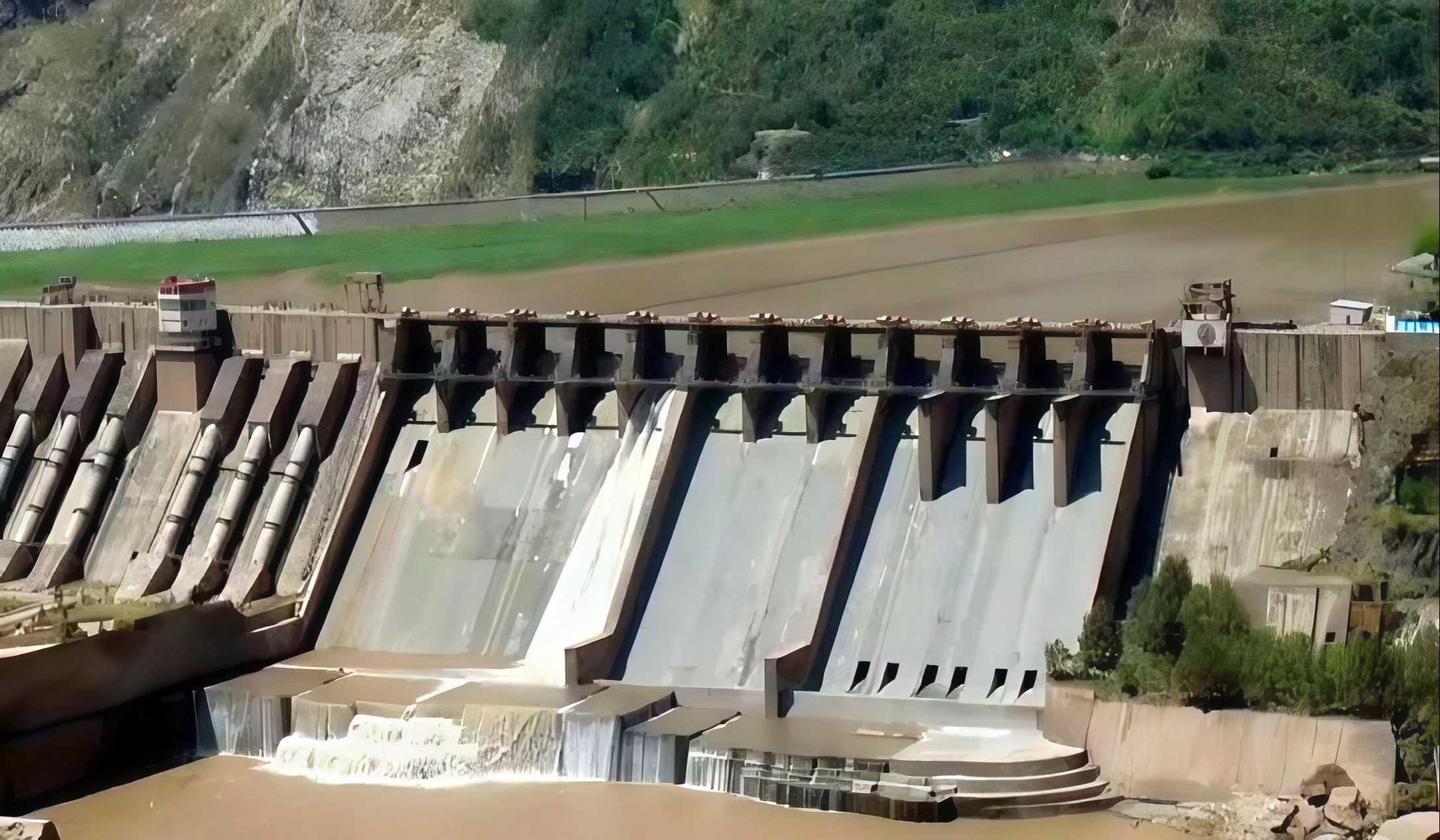Eid is a joyous occasion for Muslims around the world, marking the end of Ramadan with Eid-ul-Fitr and the completion of Hajj with Eid-ul-Adha. One of the most significant aspects of these celebrations is the Eid prayer (Salat-ul-Eid). Here’s a step-by-step guide on how to perform Eid Namaz properly:
Timing Of Eid Namaz
Eid prayer is performed in the morning, shortly after sunrise. It is usually offered in congregation at mosques, open grounds, or Eidgahs. The prayer should be completed before the time for Dhuhr prayer begins.
Conditions For Eid Namaz
Before performing the Eid prayer, certain conditions should be met:
Purification: Perform Wudu (ablution) before heading to prayer.
Clothing: Wear clean and presentable attire, preferably new or best available clothes.
No Adhan Or Iqamah: Unlike regular prayers, there is no Adhan (call to prayer) or Iqamah (announcement for the start of prayer) for Eid Namaz.
Intention (Niyyah): Have the intention in your heart for offering the Eid prayer.
How To Perform Eid Namaz
Eid prayer consists of two Rakats (units of prayer) with additional Takbeers (saying ‘Allahu Akbar’). Here’s how it is performed:
Step-by-step Guide:
1. First Rakat:
Begin by making the Niyyah (intention) in your heart.
The Imam will say Takbeer-e-tahreema (“Allahu Akbar”), and the congregation follows by raising their hands and folding them.
Then, the Imam will recite Three Additional Takbeers. Each time, raise your hands and let them down by your sides, and on the Fourth Takbeer, fold your hands.
The Imam will recite Surah Al-Fatiha followed by another Surah (usually Surah Al-A’la or Surah Al-Qaf).
Perform Ruku (Bowing) and Sujood (Prostration) as in regular prayers and stand up for the second Rakat.
2. Second Rakat:
The Imam will recite Surah Al-Fatiha and another Surah (often Surah Al-Ghashiyah or Surah Al-Duha).
Before going into Ruku, Three Additional Takbeers are said. Each time, raise your hands and let them down by your sides.
On the Fourth Takbeer, go into Ruku and continue the prayer as usual, concluding with Tashahhud, Durood, and Salam.
Khutbah (Sermon) After Eid Prayer
Unlike the Friday prayer, the Khutbah (sermon) for Eid is delivered after the prayer, and while it is Sunnah to listen, it is not mandatory.
Sunnah Acts Of Eid
To maximize the rewards of Eid, it is encouraged to:
Perform Ghusl (Ritual Bath) before the prayer.
Eat something sweet (like dates) before Eid-ul-Fitr prayer.
Recite Takbeer on the way to prayer: Allahu Akbar, Allahu Akbar, La ilaha illa Allah, wa Allahu Akbar, Allahu Akbar, wa lillahil-hamd.
Take a different route home after the prayer.
Greet fellow Muslims with “Eid Mubarak” and exchange good wishes.
Conclusion
Eid Namaz is a beautiful congregation that brings the Muslim community together in gratitude and joy. By following the correct method, one can fulfill this important Sunnah and enjoy the spiritual benefits of the blessed day.
May Allah accept our prayers and grant us His mercy. Eid Mubarak!






